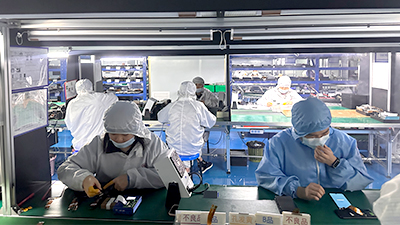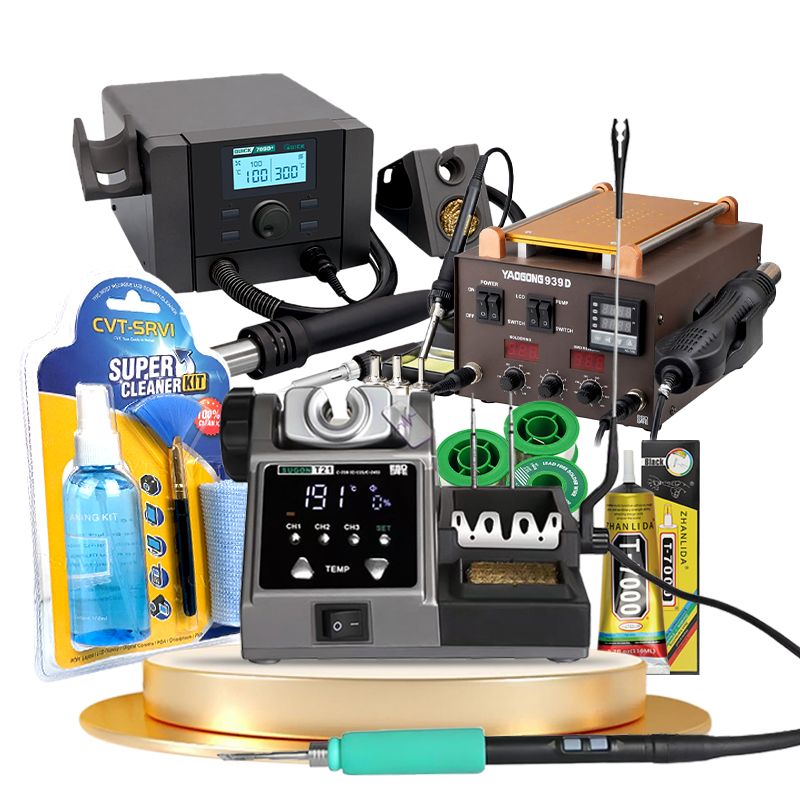
True Tone comprises a feature designed by Apple for calibrating color warmth respecting lighting. Therefore devices equipped with True Tone display authentic and precise hues independent of light circumstances. Many perceive reduced ocular strain over extended viewing sessions with True Tone, owing to minimization of visual stress. This solution features within equipment like iPhones, iPads, and Macs and it can be switched on or off as preferred.
- Moments where True Tone proves helpful entail sunlight reading, dark room computing, or night video streaming.
Advanced Functionalities customizing screens for conditions
True Tone acts as an advanced tool adapting screen color based on ambient backdrop. It employs sensors to gauge ambient light and automatically alters blue light emission for a more smooth ocular presentation. It mitigates visual fatigue and supports extended watchability. True Tone technology is present in numerous gadgets like mobile phones, tablets, and screens.
Cellphone Display in comparison to iPhone Screen: Principal Distinctions
Despite many using “phone screen” and “iPhone display” interchangeably, clear distinctions arise between Android and iOS screens . Android displays boast varying degrees of dimensions and pixel sharpness, whereas iPhones are distinguished by supreme OLED visual modules. Differences also exist in screen technologies. Certain Android manufacturers employ AMOLED screens while Apple uses mainly LCD and OLED panels in their iPhones.
- Divergences are notable in color vibrancy and visual angle breadth
- Several Android variants entail greater frame renewal rates for silky visuals
- Predominantly, iPhone visual units appear with greater light intensity
True Tone Features on iPhones Explained
True Tone acts as a system tuning iPhone screen colors based on surrounding illumination. It facilitates clearer display perception under different light scenarios. When True Tone is activated, sensors in the iPhone analyze ambient light and adjust the screen’s color temperature to be gentle under subtle light or vivid in intense illumination.
- Also, True Tone works to alleviate eye discomfort along with optimizing viewing
- Turn on or off True Tone through system Settings > Display and Brightness options
Authentic Viewing Sensation
With True Tone, your screen adjusts to match surrounding ambient light. This generates a more natural visual experience, lowering eye exhaustion fostering content viewing at high fidelity.
- Perceive pigments with superior clarity and vibrancy
- Gain improved sharpness and focus in visuals
- Keep eye strain low during long device use
Does having True Tone matter?
Facing modern technology settings, electronics evolve extensively. One feature gaining popularity is True Tone technology which dynamically adapts screen coloration to surroundings, enhancing the visual experience to be more natural and pleasant. But is having a True Tone display really necessary? The answer depends on how you employ your device and your specific needs.
- Consumers with extended device usage periods recognize True Tone as a great aid to limiting eye fatigue and enhancing comfort
- Alternatively, sporadic users or entertainment-centered ones experience reduced benefits
Overall, True Tone screen worthiness correlates with individual preferences and conditions. If you prioritize a more natural and comfortable viewing experience, this feature is worth considering when selecting your next device.
Advantages and Disadvantages of True Tone Enhancements
True Tone delivers an outstanding enhancement synchronizing color tones with ambient brightness. This can facilitate relaxed perception predominantly over extended screen interaction. However, there are some negative points. Some users find True Tone may be too responsive, causing abrupt changes in color temperature.
- Color fidelity on some tasks might be compromised
- Certain light sources cause suboptimal True Tone operation
On the whole, True Tone assists users investing significant time in screen viewing. Nonetheless, it is important to remain informed of its shortcomings.
Comparing Screens Featuring True Tone
The True Tone function has swiftly transformed digital content viewing experiences. This progressive feature precisely changes the color temperature of your display to correspond to surrounding light. As a result, True Tone grants a more lifelike viewing experience, reducing eye strain and optimizing color fidelity. When assessing screens with True Tone, consider factors such as pixel density to determine the best preference for your preferences.
- Further, True Tone can strengthen image clarity in certain settings.
- Conversely, not all True Tone-equipped displays are identical.
Excellent iPhones with True Tone Displays
To maximize visual quality, select iPhones with True Tone screen capabilities. The technology balances screen color automatically with surroundings for optimal comfort. Popular iPhone models with True Tone include que es true tone Xs, 11, 12. These variants offer a variety of features and specifications to meet your needs.
- You might find iPhones with True Tone priced affordably
- Furthermore, True Tone displays diminish eye weariness enhancing user well-being
Configuring True Tone on Your iPhone
Optimizing True Tone grants better picture quality aligned to environmental lights. To do this, go to "Settings" > "Screen and Brightness" and engage True Tone. In that same section, you can change True Tone levels according to your preferences.
- Bear in mind that ambient lighting supports better True Tone effect
- Vary parameters to attain visually pleasing results fitting your eyesight
Does True Tone Significantly Enhance Viewing?
Current True Tone modules provide superior and pleasing visual quality. But does it really meet these standards? To review whether True Tone significantly influences the experience, we tried its function across a variety of devices and scenarios.
- The examination delivers insights for weighing True Tone’s necessity
Check this study for conclusions on True Tone’s influence on display quality!
